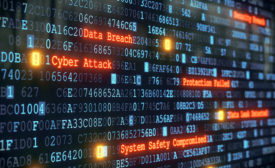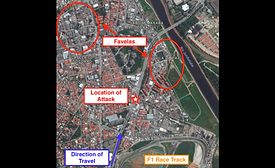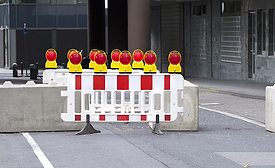Home » security risk management
Articles Tagged with ''security risk management''
The Benefits of Integrating Intelligence and Investigative Analysis
Convergence has been top of mind for years, but what about unifying security intelligence and investigations?
January 8, 2018
How Security Leaders Can Prepare for Protests
Security at the Birmingham Water Works successfully managed recent political protests.
January 1, 2018
Sign-up to receive top management & result-driven techniques in the industry.
Join over 20,000+ industry leaders who receive our premium content.
SIGN UP TODAY!Copyright ©2024. All Rights Reserved BNP Media.
Design, CMS, Hosting & Web Development :: ePublishing













